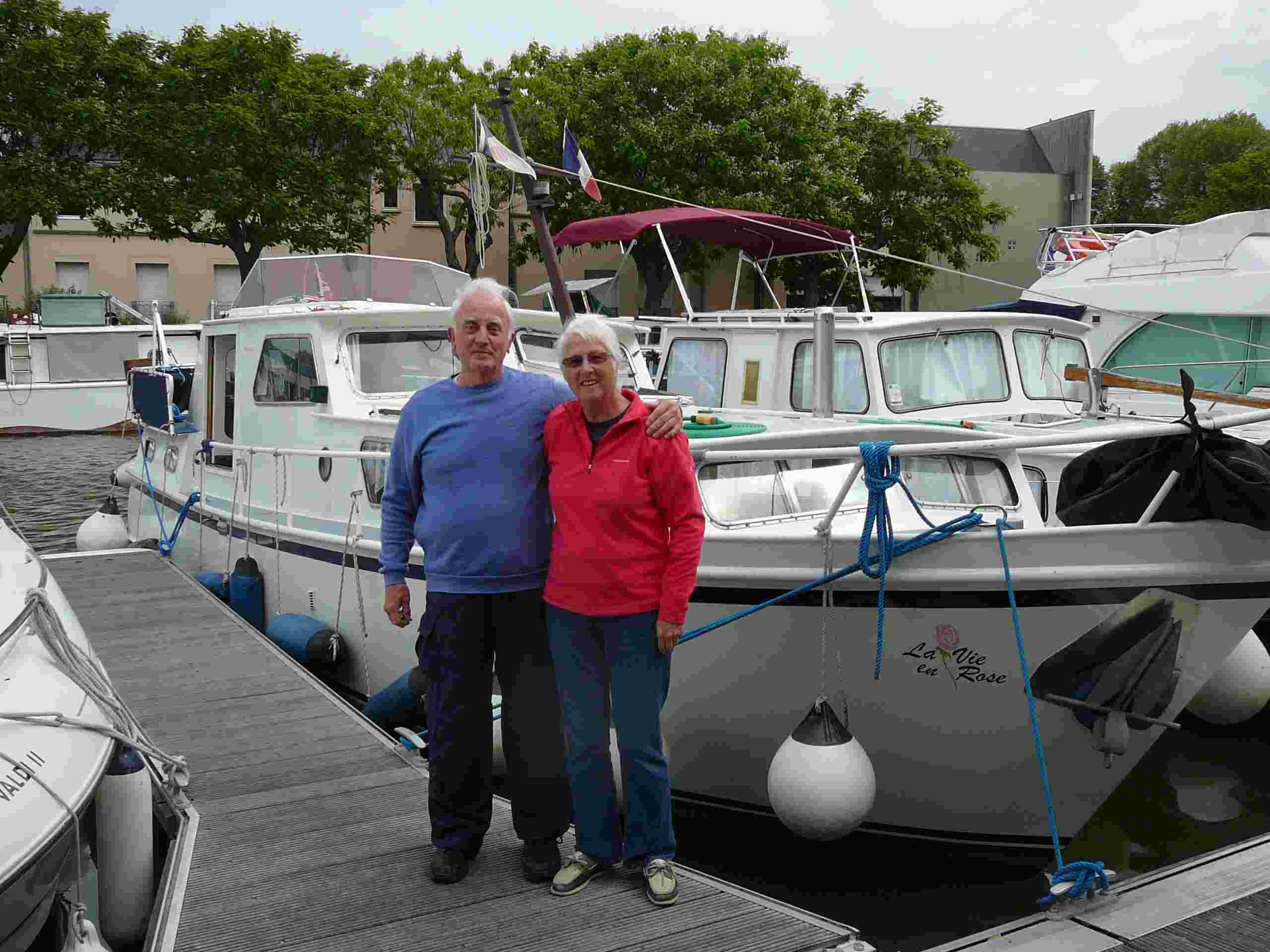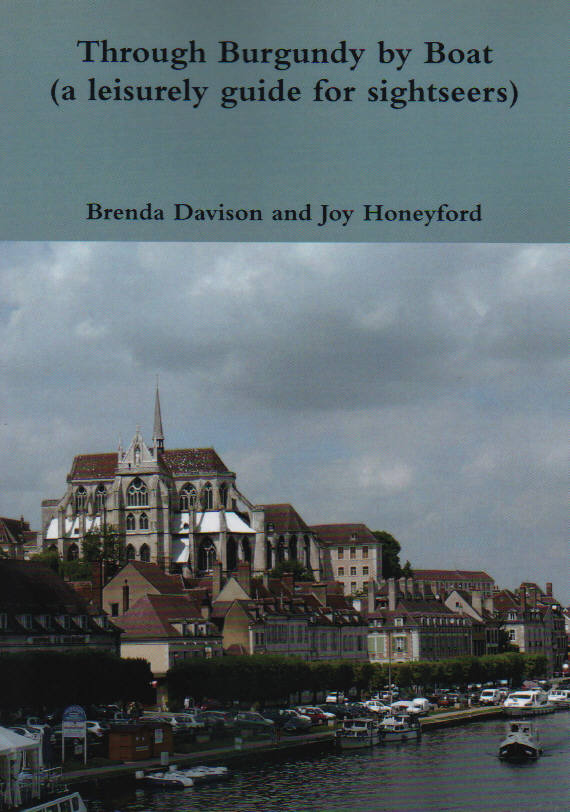Automatic locks
Locks that are not manually operated by a lock keeper vary in their method of operation, but a programme of automation is under way on the busier canals.The pole
You may find a pole or plastic tube dangling over the centre of the canal and an appropriate warning sign on the bank. You steer for the pole, grasp it and turn it in the direction indicated on the sign, usually clockwise. This makes an electrical contact which signals to the lock that you are approaching and the lock will prepare itself for you.
Radar/Remote Control

Some locks still have a bank-side sensor which detects your presence and begins to prepare the lock for you. Your radar reflector or a metal bucket on the pulpit will help the detection process. Pass slowly in front of the radar and get as close to it as you can. If you are a small boat you may pass under the radar beam, so have a metal object which you can hold at beam level until you are detected.
You may be given a télécommande which you operate like a television remote control when you are close to the bank side sensor. You keep this controller with you until you pass out of that section of the waterway and the last lock keeper will ask for its return.
When in an automatic lock
As you approach you will see the operating mechanism on one side and it is as well for at least one of the boats in the lock to moor by this. It has blue and red vertical metal rods. When all the boats are in and tied up you raise the blue rod and hold it for five seconds. It makes an electrical connection at the top, a bell or buzzer will usually sound and the gates will close. If there are any problems you can use the intercom or emergency telephone as mentioned previously, or you may have been given the number of a radio channel to use, or a phone number to call. If you stay too long in a lock you may well find that someone will come along and see if all is well. If you use the intercom to report a fault do not be alarmed if there is no response or cannot understand the response. Unless the intercom is totally out of order a light will have flashed on in the control room and again someone will come.

Only if there is an emergency do you lower the red rod, the alarm will sound, the operation will cease and someone will come to rescue you.
Leaving an automatic lock
There is another ‘magic eye’ which detects the passage of the boat and sets the mechanism in motion for closing the gates. If there is more than one boat in the lock you need to follow each other out quickly as the mechanism does not differentiate between one or several boats. There is usually time for all boats in the lock to exit.
Some automatic locks have a pole or bar at the entrance to the lock which is operated automatically by the barges which take up the width of the lock. Narrower boats will need to push this pole with a boat hook and hold it for 5-10 seconds. When leaving the lock the last boat should press the pole near the exit gates and again hold it for 5 seconds.
If you are in a flight of locks your exit from one lock will start the process of preparing the next lock for your arrival. It is not a good idea to stop and moor-up in the middle of a flight of automatic locks as this may cause considerable delays to other users. If you have to do so let the navigation authorities know.
Round and sloping sided locks
These are (very) gradually being replaced by the addition of an extra chamber with straight sides, or the addition of mooring pontoons, but one or two are left on the River Yonne and parts of the Upper Marne. The lock is like a large pudding basin, its sides slope inwards so that when you are descending you have to take care to avoid grounding. The best way of mooring in these locks varies according to size and shape, and helpfulness of lock keeper. If you are unsure find another boat that has already used the lock and ask their advice. When all else fails stay as far back in the middle of the lock as possible and hold the boat on the engine. If you have an extra crew member you might put him/her ashore before the lock so that they can be on hand to catch and secure your lines. The very best way is to travel with a commercial barge and get their permission to tie to them - saves a lot of hassle.

Other locks on the Canal du Midi have curved sides (these were all early methods of ensuring that the lock walls did not cave in). If your boat has straight sides you will need carefully placed fenders.






